The dream of having a cute, pocket-sized pig trotting around your living room has captivated many potential pet owners. Mini pigs, often advertised as staying small enough to live comfortably indoors, have surged in popularity over the past decade. However, the reality of mini pig ownership frequently differs dramatically from expectations. Many families who adopted what they believed would be a 30-pound pet find themselves sharing their home with a 150-pound or larger animal years later. This disconnect between expectation and reality has led to heartbreaking surrenders, abandonments, and overwhelmed rescue organizations. Understanding the truth about mini pigs—their actual size potential, care requirements, and ethical considerations—is essential before making the commitment to bring one into your family.
The Mini Pig Misnomer: Understanding Terminology
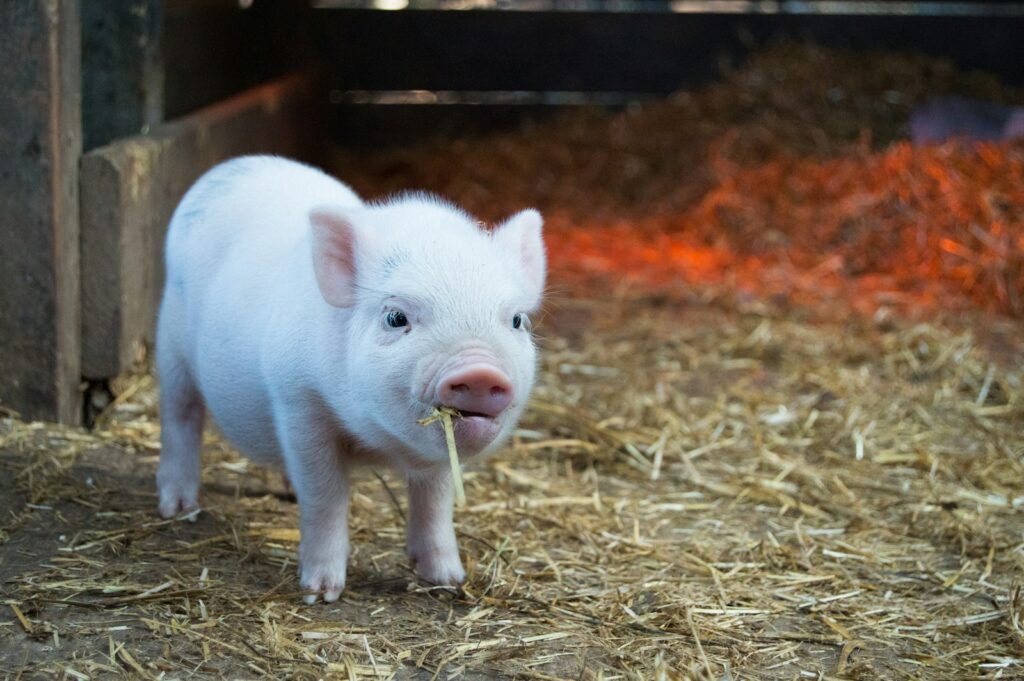
The term “mini pig” is largely a marketing creation rather than a scientific classification, causing significant confusion among potential pig parents. What sellers call “teacup,” “micro,” or “pocket” pigs are actually juvenile potbellied pigs or crosses of various smaller pig breeds that simply haven’t reached their full size yet. Potbellied pigs themselves are considered miniature compared to commercial farm pigs that can reach 800+ pounds, but they still typically grow to 100-200 pounds at maturity.
The terminology problem is compounded by deceptive breeding and selling practices where piglets are shown with their equally small siblings rather than their full-grown parents. Sometimes sellers even advise underfeeding to keep pigs small, which constitutes a harmful and unethical practice that leads to malnourished animals with significant health problems.
The Genetic Reality of Pig Growth
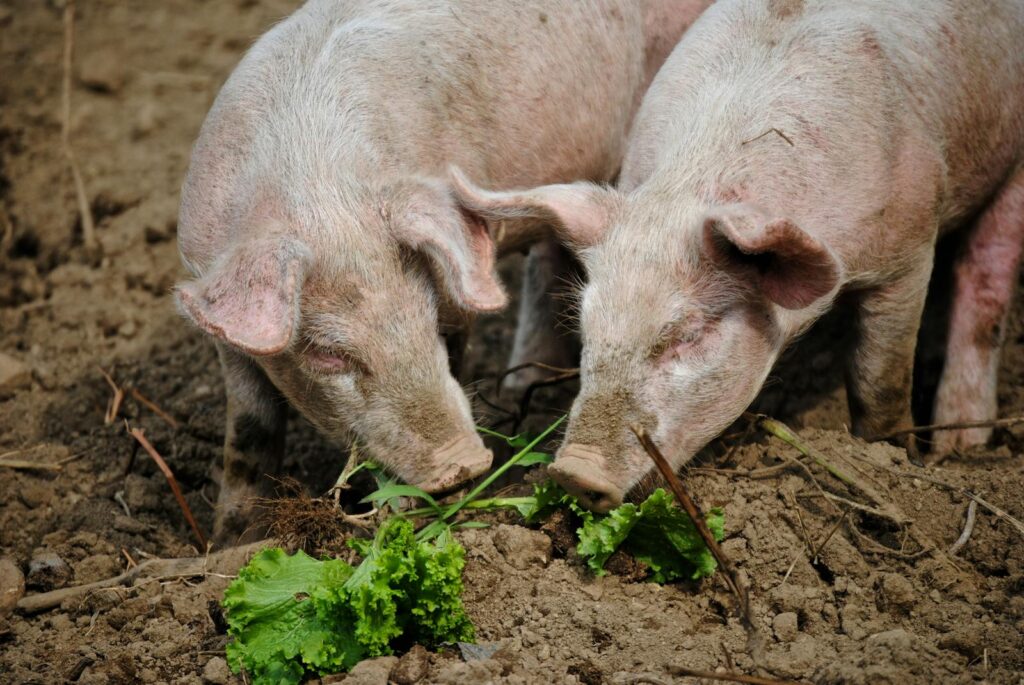
Despite claims from some breeders, there is currently no true “miniature” pig breed that reliably stays under 50 pounds when properly fed and cared for. Pigs have thousands of years of genetic programming directing their growth patterns, and selective breeding for smaller size is a complex process that takes many generations to achieve consistent results. Most pigs sold as “mini” varieties are actually standard potbellied pigs, Juliana pigs, Kunekune pigs, or crosses between these breeds, all of which have a naturally predetermined size range.
The genetic potential for growth cannot be altered through diet restrictions or environmental factors without causing serious health consequences. Even the smallest pig breeds like the Juliana, when healthy and properly fed, typically reach 50-90 pounds, while most potbellied pigs will grow to 100-200 pounds when given appropriate nutrition throughout their development.
Growth Timeline: How Pigs Develop
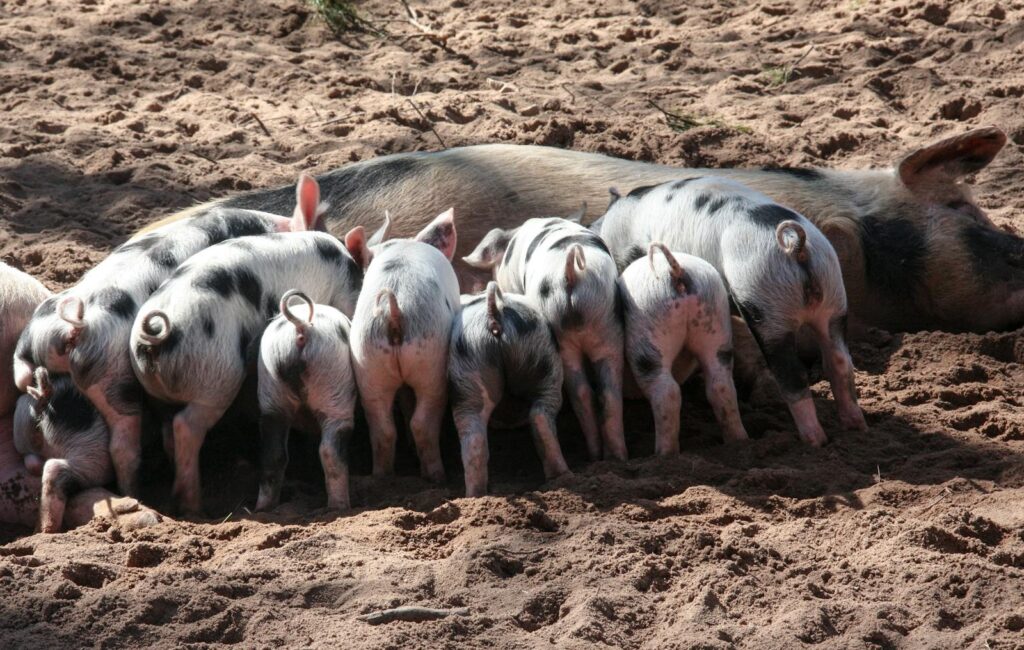
One of the most surprising aspects of pig ownership is their extended growth period, which differs significantly from dogs and cats. While many companion animals reach their adult size within the first year, pigs continue to grow for much longer. Potbellied pigs typically don’t reach their full size until 3-5 years of age, with significant growth occurring throughout this period. The deceptive nature of this slow growth means many owners don’t realize their pig’s true size potential until years into ownership.
A piglet that weighs just a few pounds at 8 weeks might reach 60 pounds by one year, and continue growing substantially for several more years. This extended growth trajectory catches many owners off guard, especially when they’ve been told their pig is “full grown” at a much younger age by uninformed or dishonest sellers.
Breeding Practices and Seller Deception

The mini pig industry is unfortunately rife with questionable breeding and selling practices that contribute to size misconceptions. Some breeders deliberately show buyers only young pigs or smaller-than-average adults, hiding the parents who would reveal the true size potential. Others engage in harmful breeding practices like breeding from underdeveloped pigs or intentionally stunting growth through malnutrition to produce smaller offspring, which leads to health problems in future generations.
Deceptive selling tactics include claiming pigs are older than they actually are to suggest they’re done growing, using misleading weight charts, or making unsubstantiated claims about “rare teacup genetics.” Potential owners should be extremely wary of breeders who won’t show both parents, who make specific size guarantees, or who recommend restrictive feeding practices. Responsible breeders will be honest about size expectations and will prioritize health over marketable size.
Nutrition’s Impact on Growth and Health
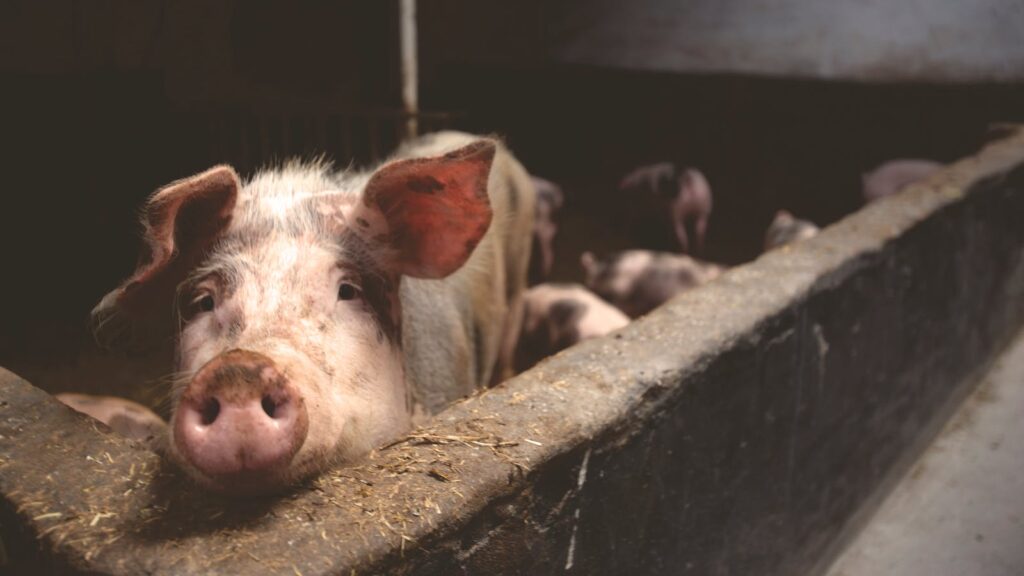
Proper nutrition plays a crucial role in the healthy development of mini pigs, and misconceptions about feeding directly contribute to unexpected growth issues. Some sellers or online resources recommend severe calorie restriction to keep pigs small, which constitutes animal cruelty and leads to serious health problems including brittle bones, organ failure, and shortened lifespan. Healthy pigs require a balanced diet consisting of high-quality mini pig food (not commercial hog feed), fresh vegetables, and limited healthy treats.
Growth cannot be ethically stunted through diet – a pig will grow to its genetic potential when properly fed, and attempting to interfere with this natural process only results in suffering. Healthy potbellied pigs should have a slight hourglass figure when viewed from above, with ribs that can be felt but not prominently seen, resembling the appropriate body condition for any healthy mammal.
Space Requirements for “Mini” Pigs

The space needs of potbellied and other “mini” pig breeds are substantially greater than many prospective owners anticipate. A healthy adult potbellied pig typically requires at minimum 500 square feet of dedicated living space, with additional outdoor area for rooting and exploration. These intelligent animals cannot thrive in small apartments or homes without adequate room to move around comfortably and express natural behaviors. Their need for space increases as they grow, and a pig that initially seemed manageable in a smaller environment quickly becomes cramped and frustrated as it reaches full size.
Outdoor space should include secure fencing embedded into the ground, as pigs are excellent diggers and can escape from seemingly secure enclosures. The myth of the apartment-appropriate “mini” pig has led to countless situations where growing pigs destroy homes or develop behavioral problems due to insufficient space.
Legal Considerations and Zoning Restrictions
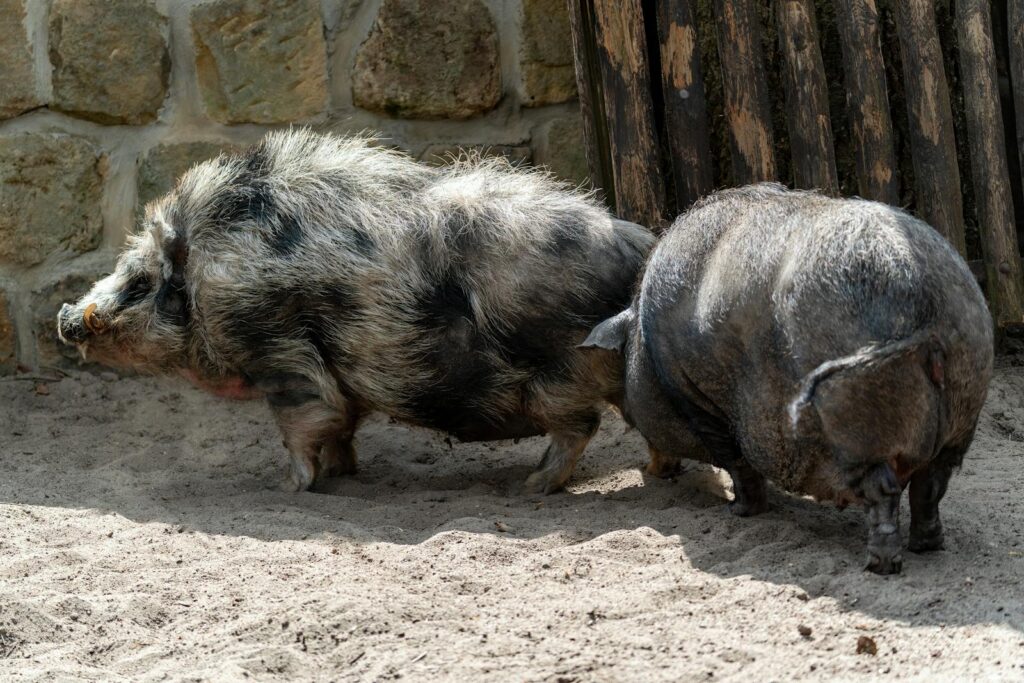
Many potential pig owners fail to research local regulations regarding livestock ownership before bringing home a piglet, leading to heartbreaking situations when they discover their pet is illegal. Regardless of size or how they’re marketed, pigs are classified as livestock in most jurisdictions, not as companion animals like dogs or cats. Municipal codes, HOA regulations, and county zoning laws often restrict or prohibit keeping pigs in residential areas, even if they’re kept as pets rather than for agricultural purposes. Some communities have minimum acreage requirements or outright bans on swine of any kind.
These restrictions exist regardless of the pig’s actual size, and “mini” status offers no special exemption. Prospective owners must thoroughly research local ordinances, obtain any required permits, and consider potential changes to regulations or moving situations that could impact their ability to keep their pig in the future.
Behavioral Realities of Growing Pigs
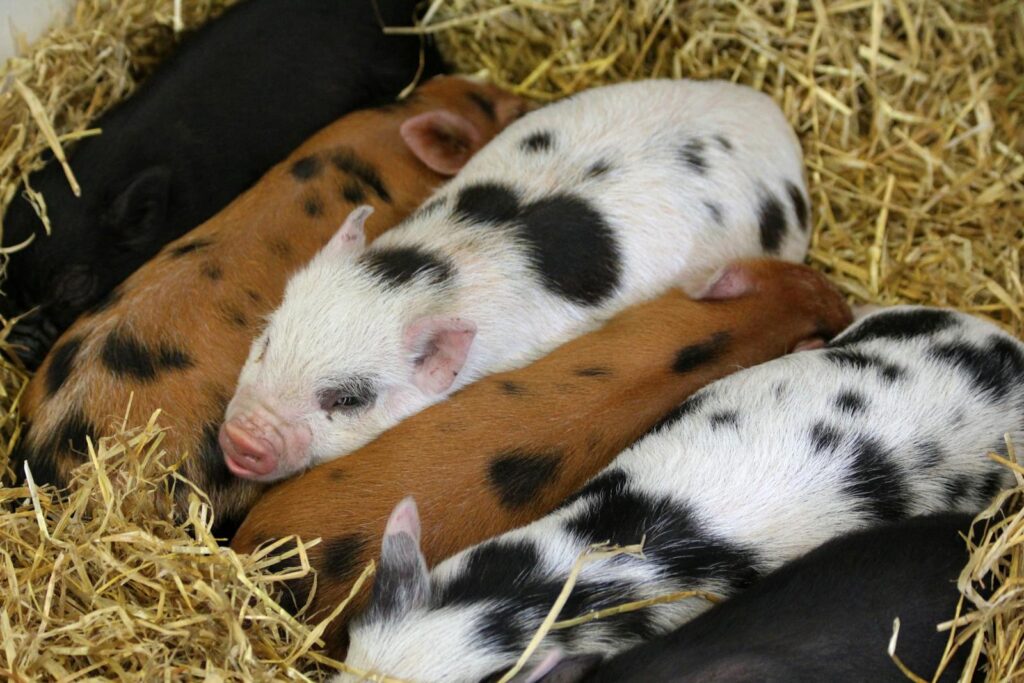
The natural behaviors of pigs can become significantly more challenging as they grow larger than expected. Pigs are highly intelligent animals with strong instinctual drives to root, forage, and establish dominance hierarchies. A 150-pound pig asserting dominance behaviors that seemed cute in a 15-pound piglet can create serious household management issues and even safety concerns, particularly in homes with children or elderly individuals. Their rooting behavior, essential for their psychological well-being, can destroy yards, landscaping, furniture, and flooring. Male pigs develop more assertive behaviors as they mature sexually, and females can become territorial and protective.
These natural behaviors don’t indicate a “bad pig” but rather reflect their species-specific needs and communication methods. Without proper training, socialization, and environmental enrichment that accounts for their increasing size and strength, behavioral problems often develop that further challenge the pig-human relationship.
The Financial Impact of Larger-Than-Expected Pigs
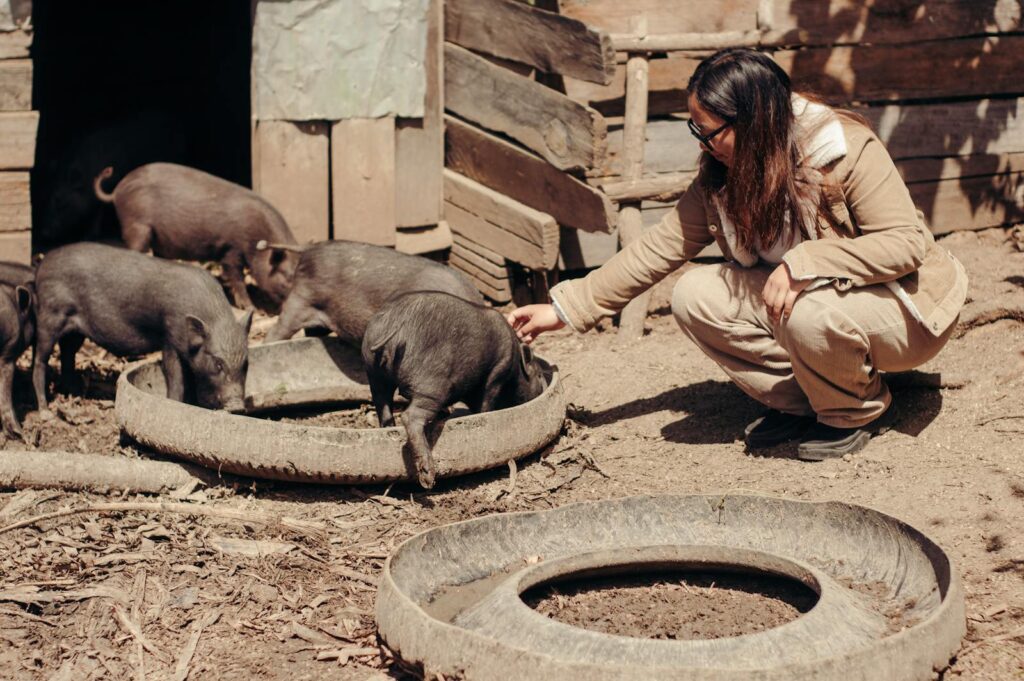
The financial responsibility of pig ownership increases substantially when the animal grows larger than anticipated. Initial costs like food, housing, and supplies increase proportionally with the pig’s size, with many owners reporting monthly food costs of $100 or more for adult potbellied pigs. Veterinary care presents another financial challenge, as pigs require specialized vets with large animal experience, and procedures often cost more due to their size and anatomy. Additional expenses include sturdy, pig-proof fencing, specialized housing with appropriate insulation for temperature regulation, and potential property repairs from natural pig behaviors.
Many owners also face unexpected costs like building ramps for aging pigs who can no longer navigate steps, specialized transportation accommodations, and increasingly expensive medications dosed by weight. For owners in rental situations, larger pigs may necessitate moving to more accommodating (and often more expensive) housing arrangements, creating additional financial strain.
Health Considerations as Pigs Reach Full Size
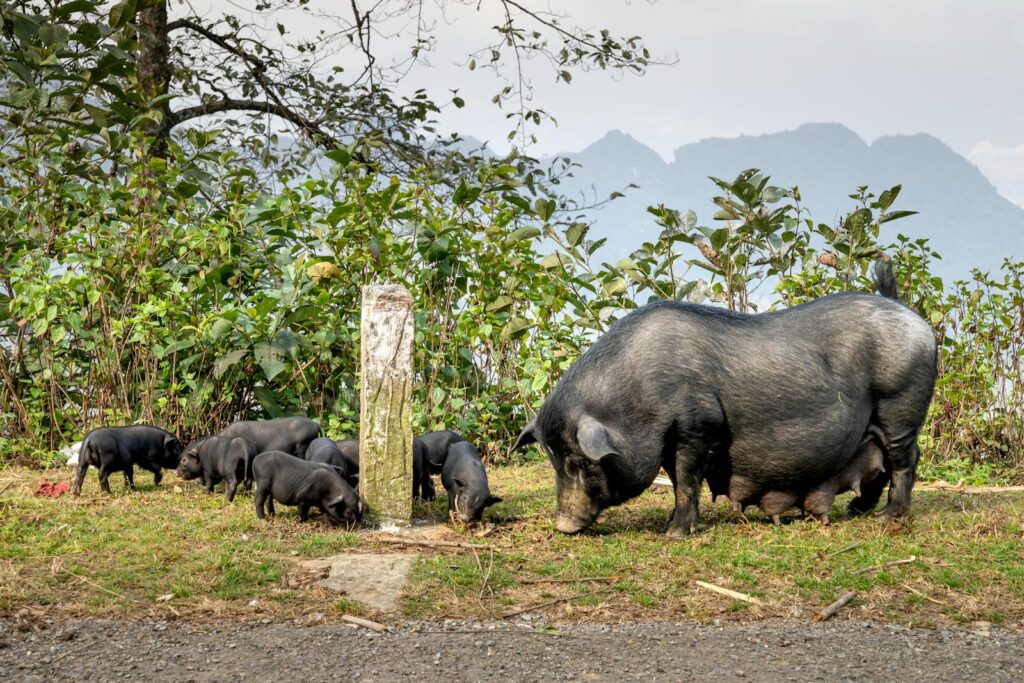
The health challenges facing “mini” pigs change dramatically as they grow to their full genetic potential, creating situations many owners are unprepared to manage. Larger pigs are prone to joint and mobility issues, particularly when housed on slippery indoor flooring not designed for hooved animals of their weight. Obesity becomes a serious concern as pigs reach adulthood, contributing to respiratory problems, heart disease, and diabetes, especially when confined to inadequate spaces that limit exercise. Larger pigs also face increased difficulty with temperature regulation, requiring specialized cooling in summer and warming in winter beyond what smaller pets might need.
Health care becomes more challenging logistically, as owners must find ways to transport pigs weighing 100+ pounds to veterinary appointments, and many owners struggle with administering medication or treatments to strong, resistant animals. The combination of these health considerations often results in shortened lifespans for pigs kept in inadequate conditions after growing larger than their owners could accommodate.
The Rescue Crisis: When Reality Hits

The disconnect between expectations and reality has created an overwhelming crisis for pig rescue organizations nationwide. Sanctuaries and rescues report being consistently at or beyond capacity with surrendered pigs whose owners were unprepared for their true size and needs. The overpopulation problem has reached critical levels, with some rescues reporting waiting lists of hundreds of pigs needing placement, and many being forced to turn away animals due to space limitations. The surrender process is traumatic for these intelligent, sensitive animals who bond strongly with their families and environments. Many abandoned pigs suffer from psychological distress, depression, and trust issues after being rehomed, sometimes multiple times.
Rescues struggle with the financial burden of caring for these animals, as larger pigs require more resources and have fewer adoption prospects. The average potbellied pig can live 12-20 years, creating long-term care commitments that strain already limited rescue resources when owners surrender animals they can no longer manage.
Ethical Considerations in Mini Pig Ownership

The ethical dimensions of the mini pig industry deserve serious consideration before bringing one of these animals home. The deliberate breeding for extreme smallness often results in health problems including skeletal deformities, dental issues, and compromised immune systems. Ethical questions also arise regarding the psychological impact on highly intelligent animals when they’re surrendered after outgrowing expectations or kept in inadequate conditions due to size constraints. The pig breeding industry lacks the regulation and oversight present in dog and cat breeding, leading to widespread genetic health issues and welfare concerns.
Prospective owners must consider whether they’re participating in an industry that often prioritizes marketability over animal welfare, and whether they can provide appropriate lifelong care regardless of how large their pig grows. Ethical ownership means accepting responsibility for the animal’s entire lifespan and natural development, not just the cute piglet stage that initially attracts most adopters.
Making an Informed Decision: What Responsible Ownership Looks Like
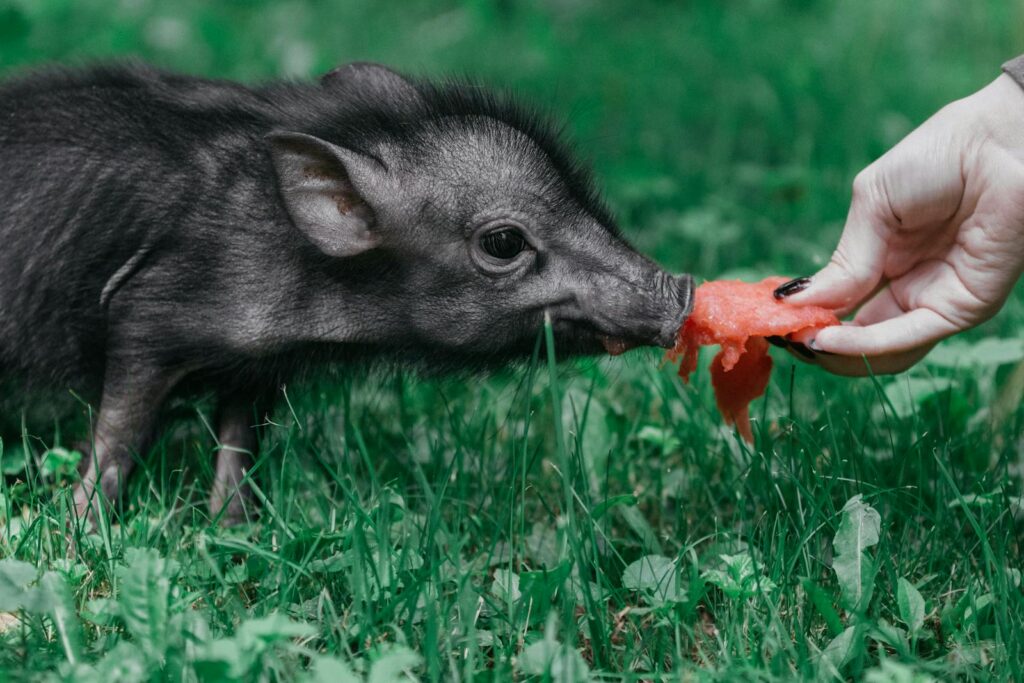
Responsible pig ownership begins with thorough research and realistic expectations about the animal’s true size potential and care requirements. Prospective owners should visit adult pigs of the breed they’re considering, ideally seeing both parents of any piglet they might adopt. Working with reputable rescues rather than commercial breeders often provides a more accurate understanding of what to expect, as many rescues can match adopters with already-grown pigs whose size and temperament are known factors. Proper preparation includes securing appropriate housing with adequate space, confirming legal permission to keep pigs in your area, locating experienced exotic veterinarians before bringing a pig home, and establishing connections with knowledgeable pig owners who can provide guidance. Financially, potential owners should budget for the pig’s maximum potential size rather than hoping for the minimum, ensuring they can provide appropriate care throughout the animal’s 12-20 year lifespan regardless of how large it grows.
Conclusion
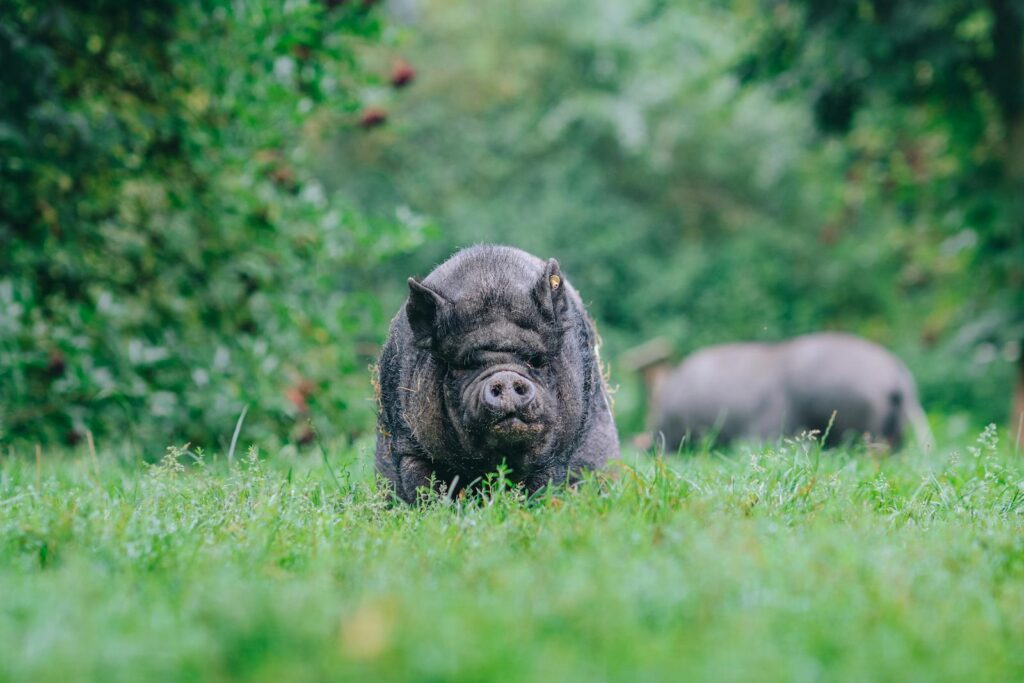
The reality of mini pig ownership often differs dramatically from the compact, apartment-friendly pet portrayed in social media and marketing materials. When properly cared for, most so-called mini pigs will grow to 100-200 pounds—far larger than many owners anticipate but still considerably smaller than commercial farm pigs. This size disconnect has created challenges for both unprepared owners and the animals themselves, with thousands of pigs being surrendered to already overcrowded rescues. However, for those with appropriate space, resources, and realistic expectations, pigs can make remarkable companions. They’re intelligent, emotional animals capable of forming deep bonds with their human families. The key to successful pig ownership lies not in hoping for unusually small size, but in embracing these animals for what they truly are—mid-sized livestock with special needs and extraordinary personalities—and being prepared to provide proper care throughout their lives regardless of how big they ultimately grow.

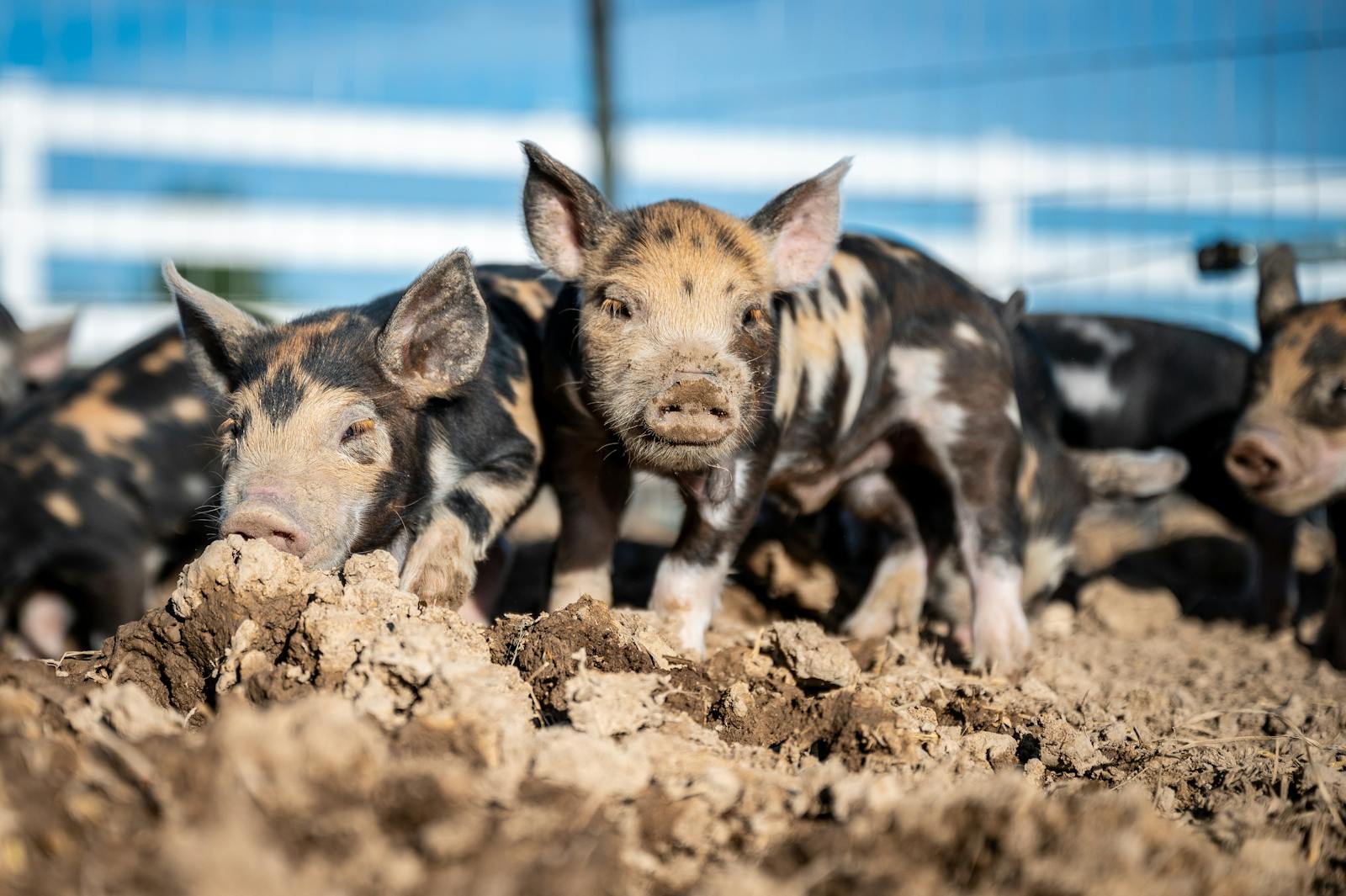
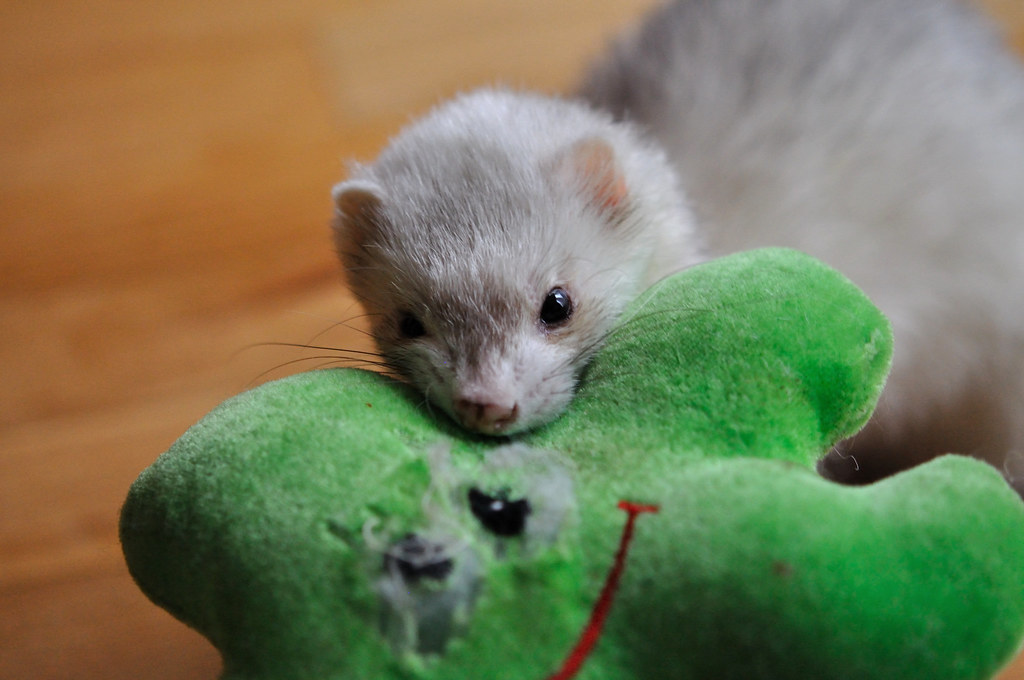
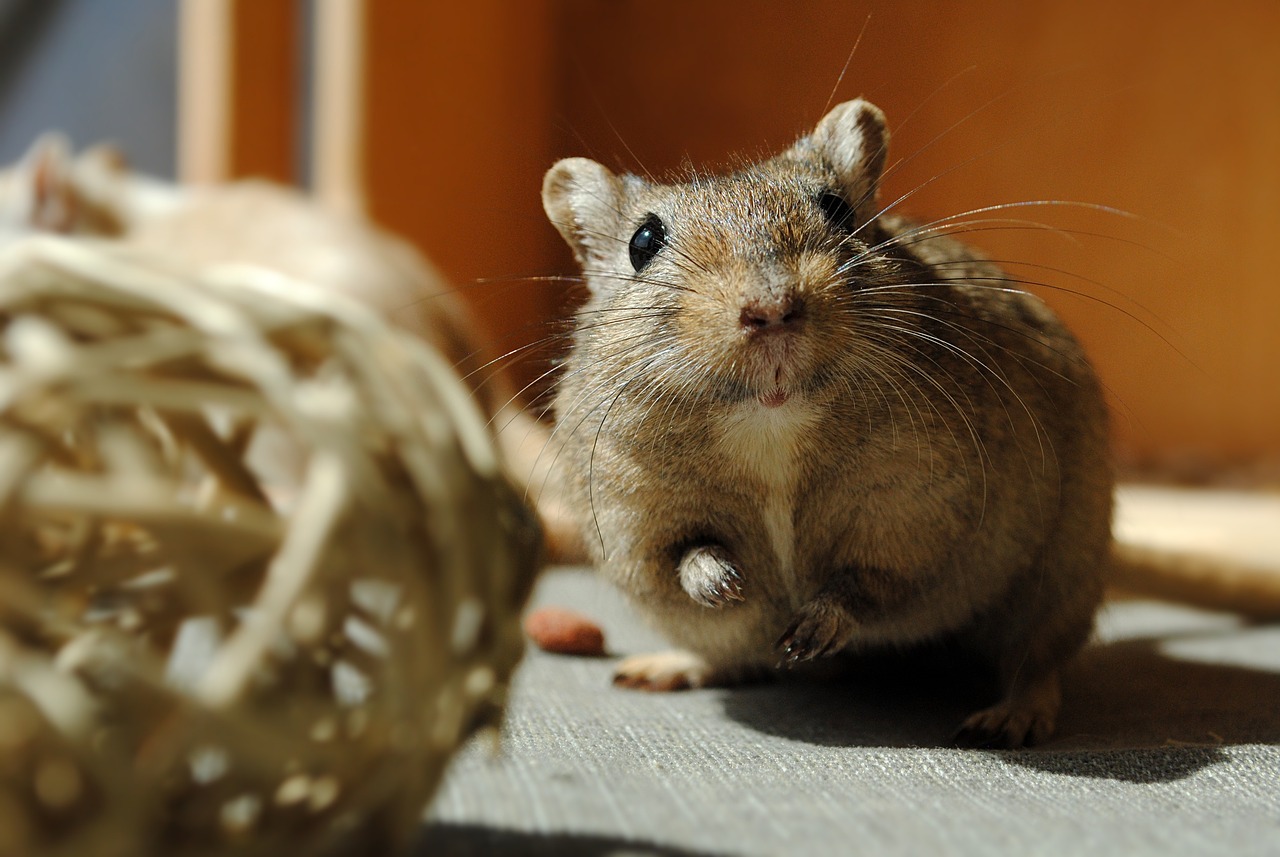

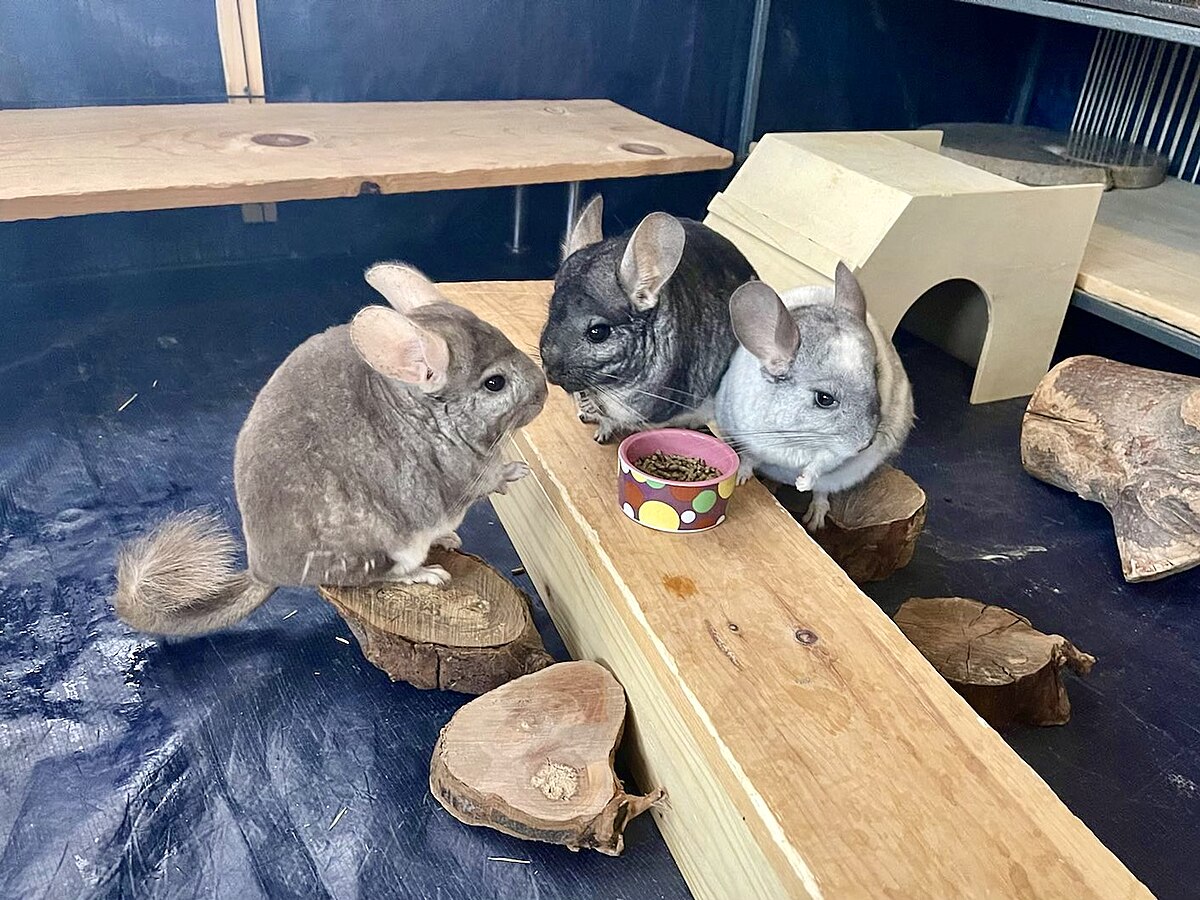
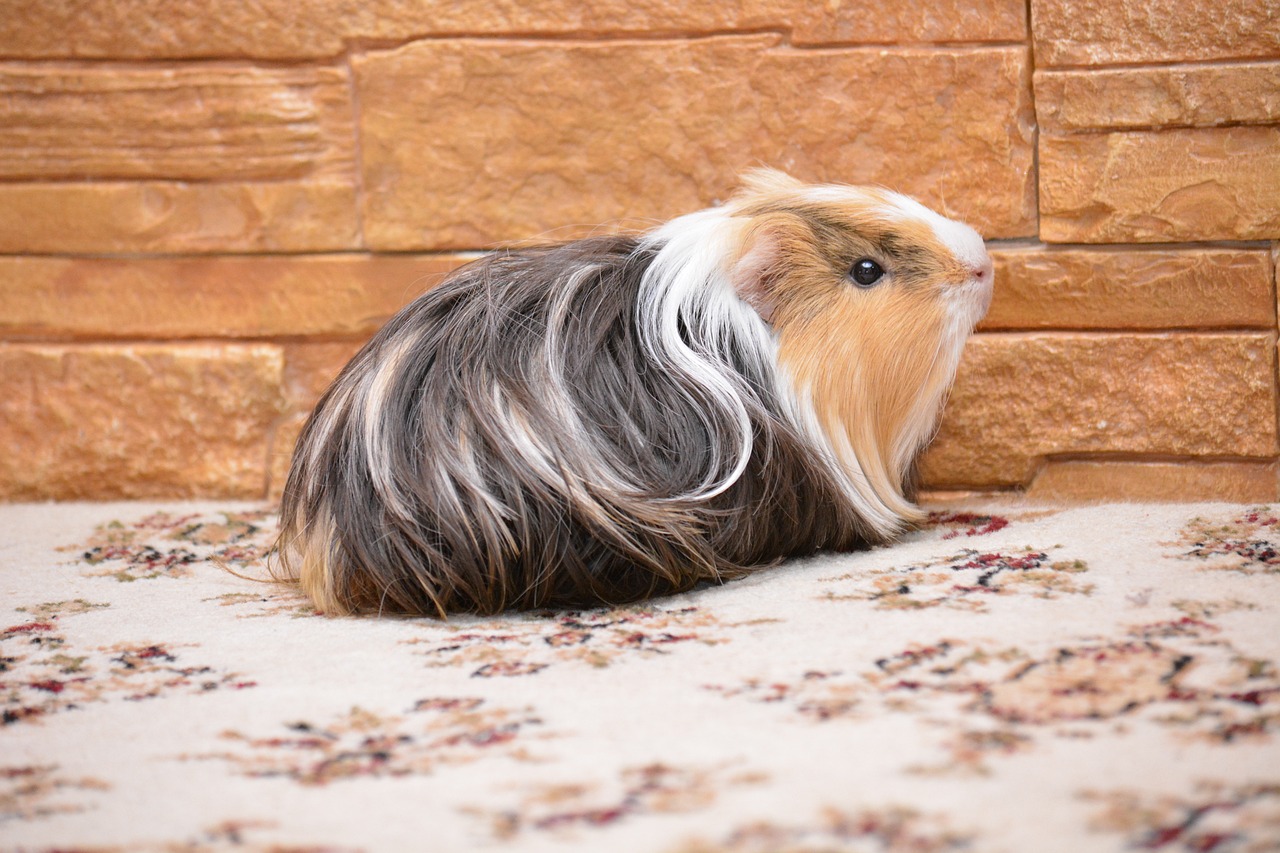
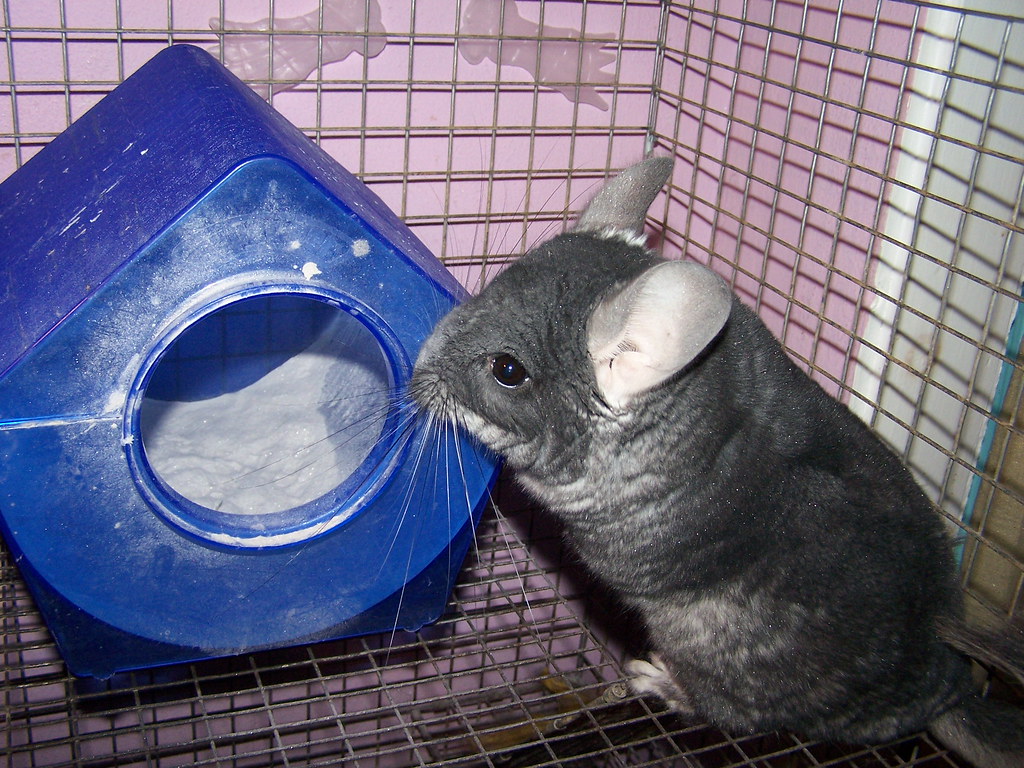

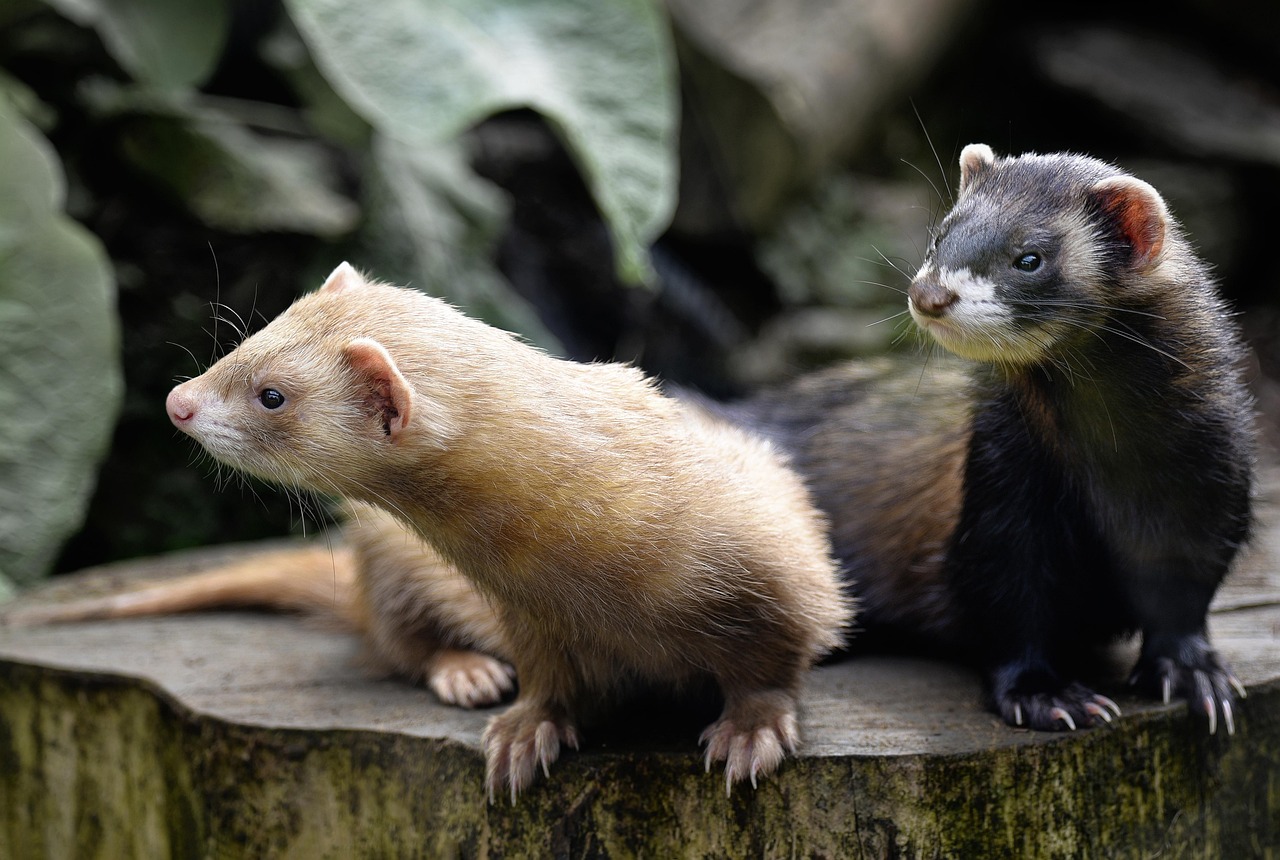
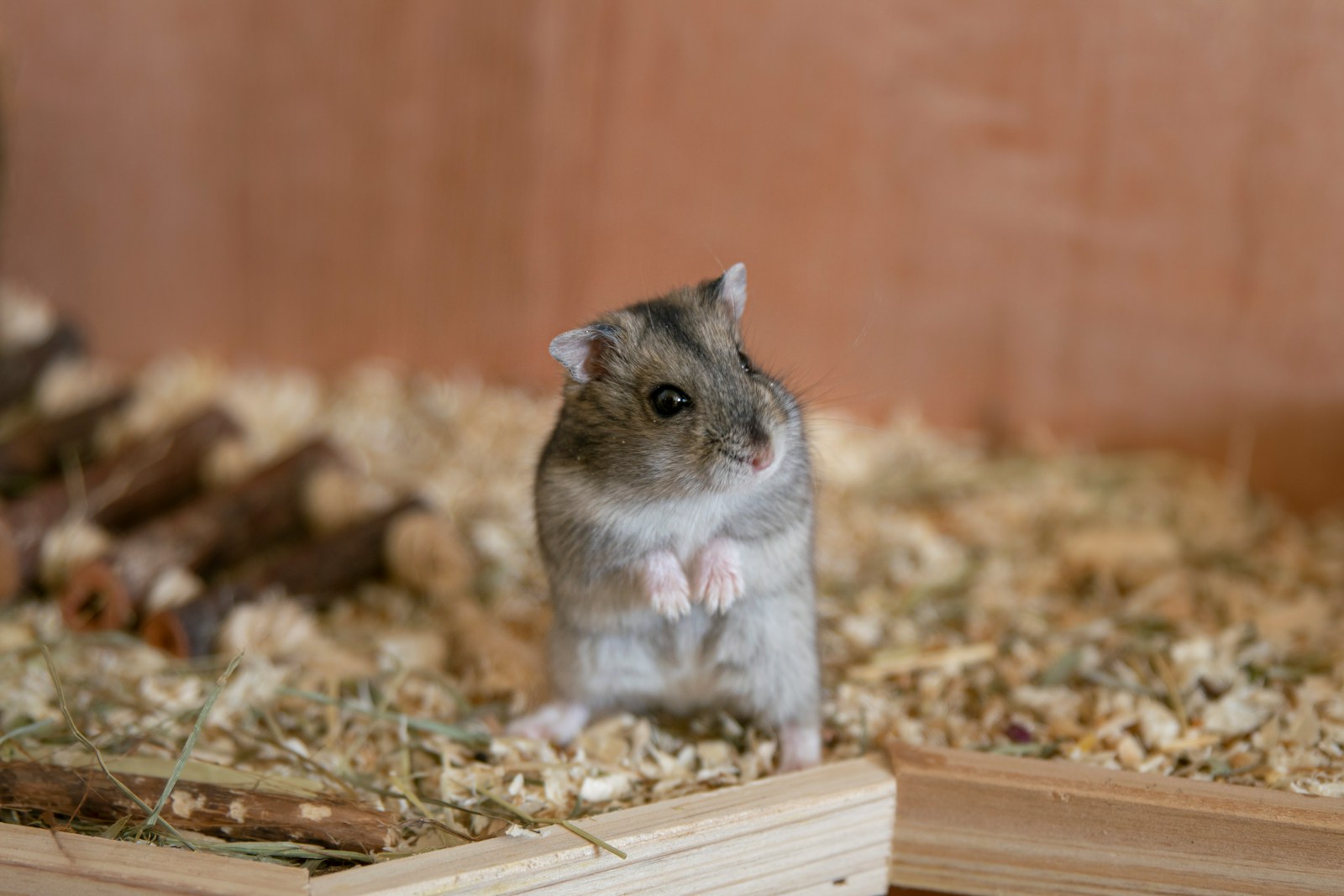
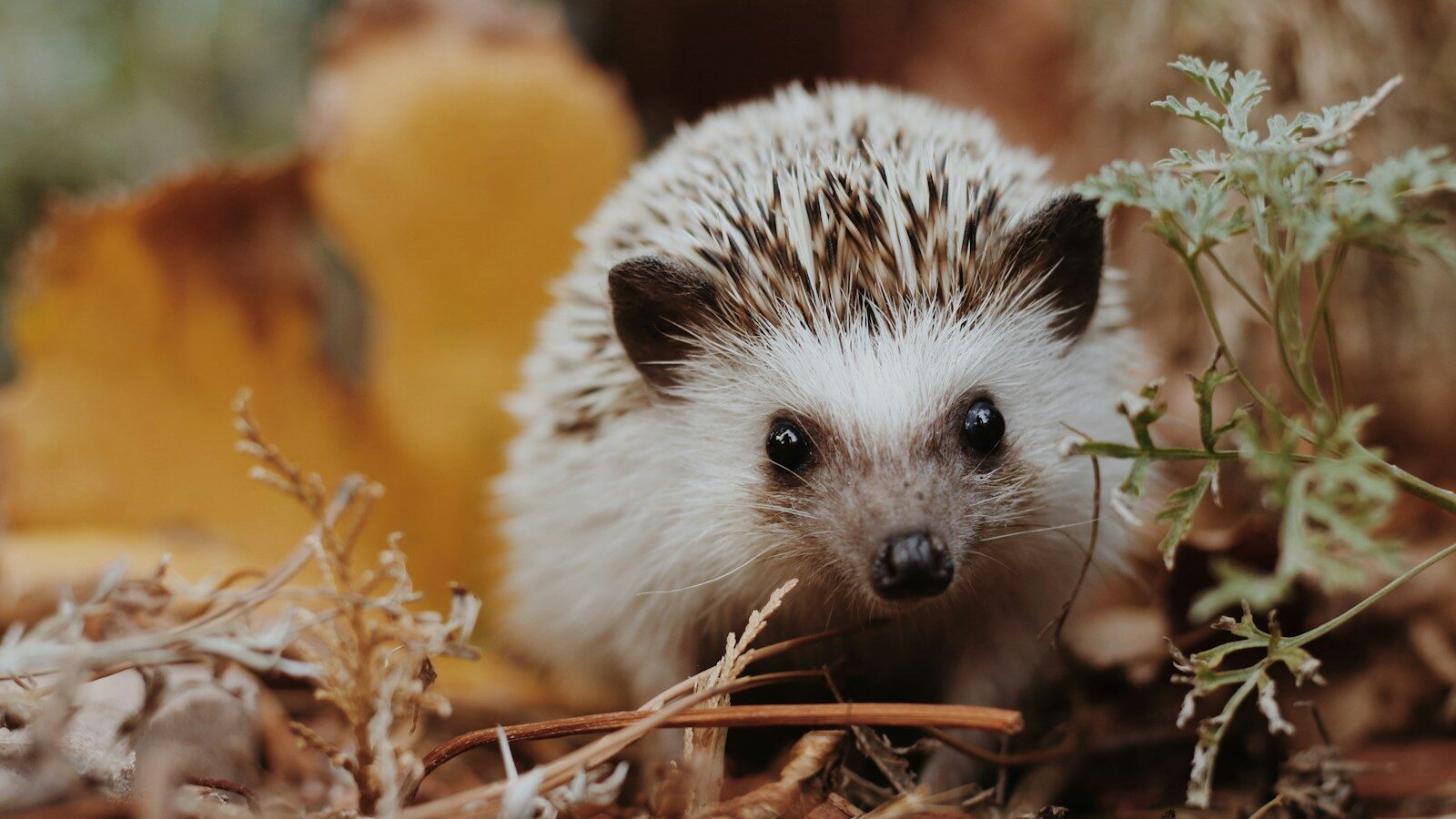




Leave a Reply